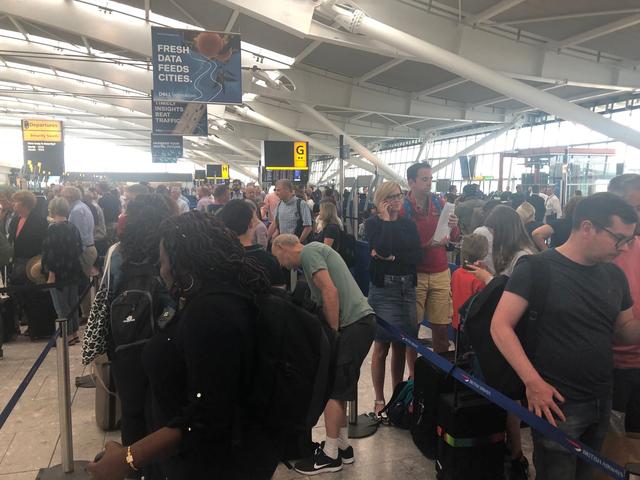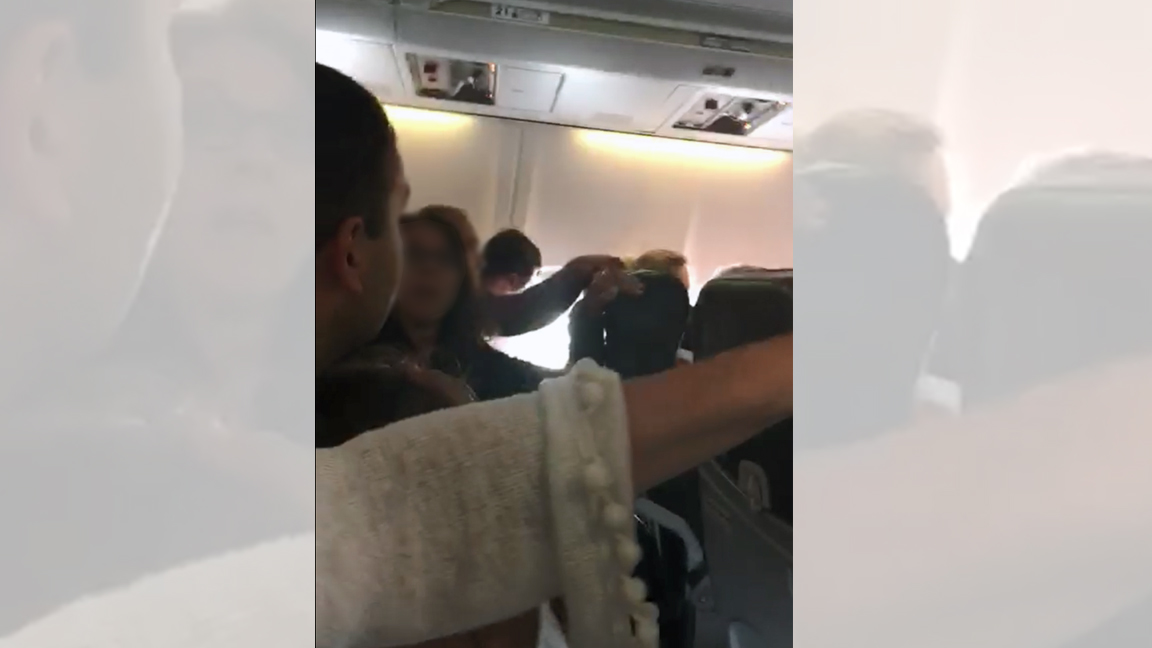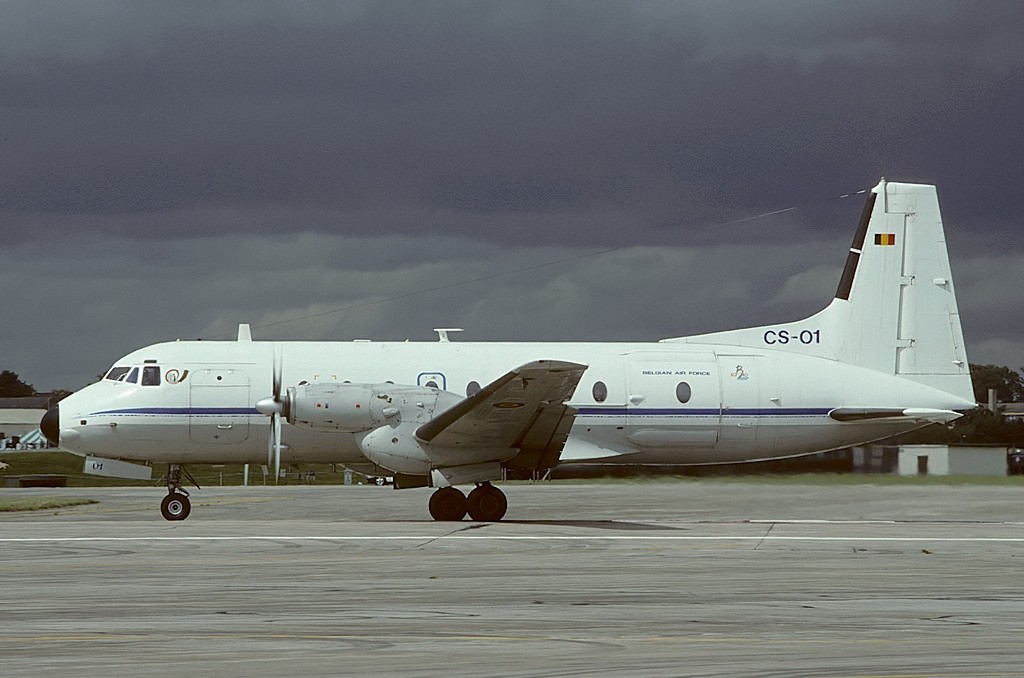British Airways resuming services after latest IT meltdown

Passengers wait in long queues at Heathrow Airport as IT problems caused flight delays in London, Britain, August 7, 2019 in this picture obtained from social media. Paul Trickett via REUTERS
British Airways said its flights were returning to normal after passengers had to endure cancellations, delays and long queues at London airports
as the airline suffered its third major computer failure in little more than two years.
Slideshow (5 Images)
British Airways resuming services after latest IT meltdown
Remains of British woman who fell from plane found in Madagascar
Police said on Wednesday they had found the remains of a British woman who fell 1,200 meters (4,000 feet) from a light aircraft in the remote north of Madagascar last month.
Alana Cutland, a 19-year-old Cambridge University student, was visiting the island on an internship complementing her studies in natural sciences, her family has said.
Police said the remains were found on Tuesday, and would be sent to the capital Antananarivo for an autopsy. Authorities are not pursuing a criminal inquiry in the case, Andrianoasy Ralaivaonary, local gendarmerie commander in Mahajanga, said in a statement.
According to police,
Cutland opened the door shortly after take-off and the pilot and the other passenger on board were unable to restrain her from jumping out.
In a statement last week, Cutland’s family described her as “a bright, independent young woman, who was loved and admired by all those that knew her.”
“Her thirst for discovering more of the world always ensured she made the most of every second of her action-packed young life.”
Iranian fighter jet crashes in southern province, two onboard safe: Mehr
Iran said on Sunday that one of its fighter jets had crashed in the southern province of Bushehr because of technical problem, the semi-official Mehr news agency reported, adding that two people onboard the jet were safe.
Two South Africans killed in Tanzania plane crash, official says
A light plane crashed in western Tanzania on Saturday, killing two South Africans, officials said.
The four-seater Sling plane, which entered Tanzanian airspace from Uganda en route to Malawi, made a distress signal about engine failure before disappearing from radar, according to the Tanzania Civil Aviation Authority (TCAA).
“The pilot and passenger, both South African citizens, were killed in the plane crash that occurred shortly after take off from Tabora airport at around 7:30 am,” Sikonge district commissioner Peres Magiri told ITV television station.
The plane was destroyed by fire after the crash and only the engine and some other parts were recovered. It was owned by a South African organization known as U-Dream Global.







